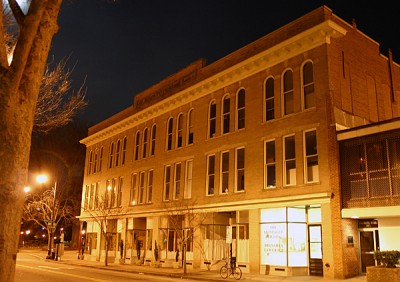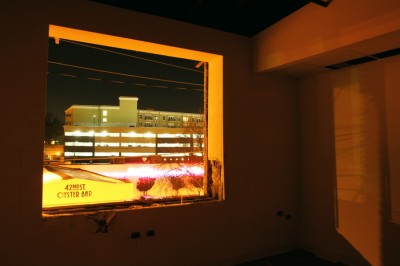Raleigh’s Montague Building: An Historical Vacancy
Downtown Raleigh’s Montague Building offers a commanding presence over E. Hargett St. at Moore Square. Faced in buff-yellow pressed brick, the palazzo-like building is the most prominent in the 100 block, and in recent years has become a symbol of the renaissance of Hargett St. This substantial three-story masonry structure was built in 1912 by Raleigh attorney B.F. Montague.
Soon after its construction Montague rented the building to the US government as temporary space for Raleigh’s post office while the Fayetteville St. building was being enlarged and renovated. After the post office moved out three years later, only a few storefronts were subsequently rented out. Although Montague’s own law firm, Montague and Bonner, continued to occupy offices on the 2nd floor, the building remained largely vacant thereafter.






 Sign up for the Newsletter
Sign up for the Newsletter